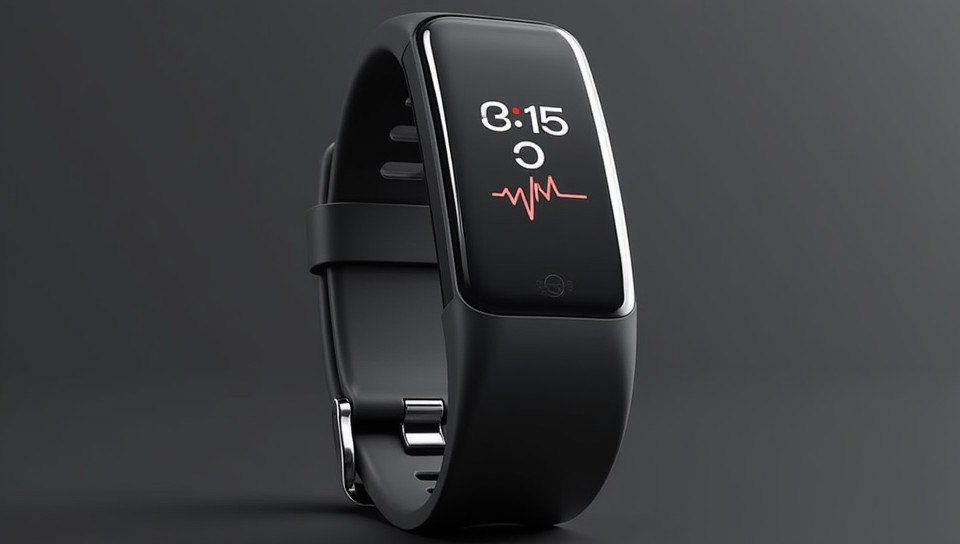Advanced fitness trackers often have built-in ECG sensors 84%

Advanced Fitness Trackers: The Rise of ECG Sensors
In recent years, fitness trackers have evolved beyond their humble beginnings as simple pedometers and heart rate monitors. Today's advanced devices are equipped with cutting-edge technology that can track our every move, from the calories we burn to the quality of our sleep. But one feature has taken center stage: built-in ECG sensors.
What is an ECG Sensor?
An electrocardiogram (ECG) sensor uses electrical signals to monitor the heart's activity. It records the rhythm and timing of heartbeats, providing valuable insights into cardiovascular health. In fitness trackers, these sensors can detect irregularities in heart rhythms, alerting users to potential issues.
The Benefits of ECG Sensors
- Detect atrial fibrillation (AFib), a common type of irregular heartbeat
- Monitor stress levels through changes in heart rate variability
- Track physical recovery after exercise by monitoring heart rate and rhythm
- Provide accurate calorie burn estimates based on heart rate data
- Alert users to potential cardiovascular issues, such as arrhythmias or tachycardia
How Do ECG Sensors Work?
ECG sensors use electrodes to detect the electrical signals generated by the heart. These signals are then processed and analyzed by advanced algorithms to provide a detailed picture of heart activity. This data is used to create accurate ECG readings, which can be viewed on the device's screen or shared with healthcare professionals.
Choosing an ECG-Enabled Fitness Tracker
When selecting a fitness tracker with an ECG sensor, consider the following factors:
- Accuracy: Look for devices that have been tested and validated by reputable third-party organizations.
- Ease of use: Choose a device with a user-friendly interface that makes it easy to take readings and interpret results.
- Additional features: Consider devices that offer advanced analytics, stress tracking, or sleep monitoring.
Conclusion
The integration of ECG sensors into fitness trackers represents a significant leap forward in wearable technology. By providing accurate and valuable insights into cardiovascular health, these devices have the potential to revolutionize the way we approach fitness and wellness. Whether you're an athlete looking to optimize performance or a concerned citizen seeking to monitor your heart health, an ECG-enabled fitness tracker is an investment worth considering.
- Created by: Sophia Evans
- Created at: Aug. 25, 2024, 12:54 a.m.
- ID: 8319

